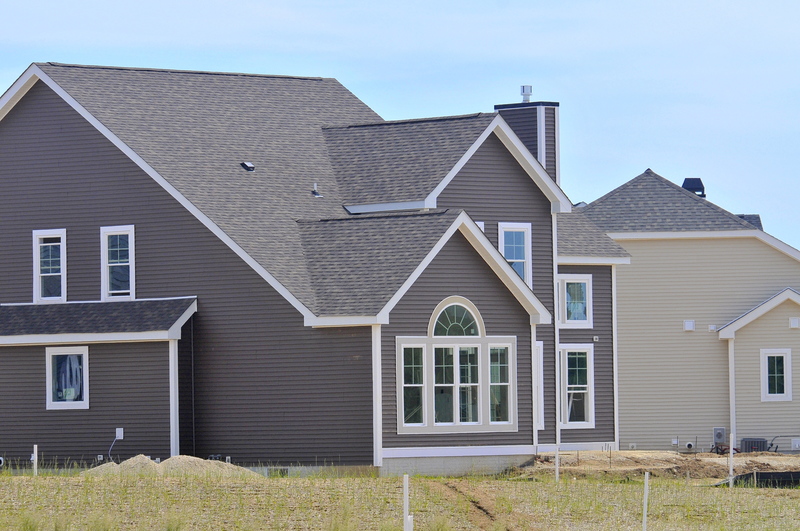Weather and climate experts warn the East Coast should expect more intense storms over the next few decades. Then, in what appears to an exact about face, Sussex County officials have adopted a building code that relaxes wind-related regulations in an updated building code that takes effect Oct. 1.
Under the current code, new buildings in the designated wind zone – east of the Lewes-Rehoboth Canal – are required to have impact-resistant glass or storm shutters to minimize damage from flying debris during a storm.
Under the new code, those regulations are literally gone with the wind.
Andy Wright, chief of the county's building code department, said while the area is still considered a hurricane zone, the wind rating has been reduced from 110 to 100 miles per hour, which triggered the change in regulations.
Bill Coulbourne, a structural engineer who lives along Rehoboth Bay in Dewey Beach, says the change is a step backward that sends the wrong message. “We've had some near misses with Sandy and Irene; we have a history of near misses,” he said. “We live in a very vulnerable spot. We should be doing more to protect buildings and building owners.”
Coulbourne knows what he is talking about because he helped write the standards as a member of the American Society of Civil Engineers. “I'm attuned to what can happen; disaster is my business,” he said. He's worked at most disaster sites for FEMA since 1995.
So why were the regulations changed? Coulbourne said engineers use computer models to develop wind zones for specific regions. He admitted there is not much research on the topic of wind zones. “There is some guessing involved,” he said.
Coulbourne said most responsible people who build near the coast will probably still hire architects or engineers to design their homes for the location. “But you have to realize following the code is the cheapest way someone can build. The building code will now let them skate,” he said.
County officials said the new regulations will trim the cost of construction in the coastal zone. But as Coulbourne said, most people who can afford to purchase property and build homes near the coast can also afford to make their properties less vulnerable to storm damage. Coulbourne's home has 60 impact-resistant windows that cost about $500 each.
He said the windows are strong enough to minimize damage from wind and debris. The type of windows installed are so strong that firefighters had a hard time breaking them during the second Irish Eyes restaurant fire along the canal in Lewes, he said.
Coulbourne said water level is rising, and storms seem to be getting more intense. “You can call it climate change if you want, but I see the water level rising everyday. High tides are higher than they used to be,” he said.
Coulbourne said he has a hard time understanding how the same building regulations should hold true for construction along the coast as building 30 miles inland.





















































